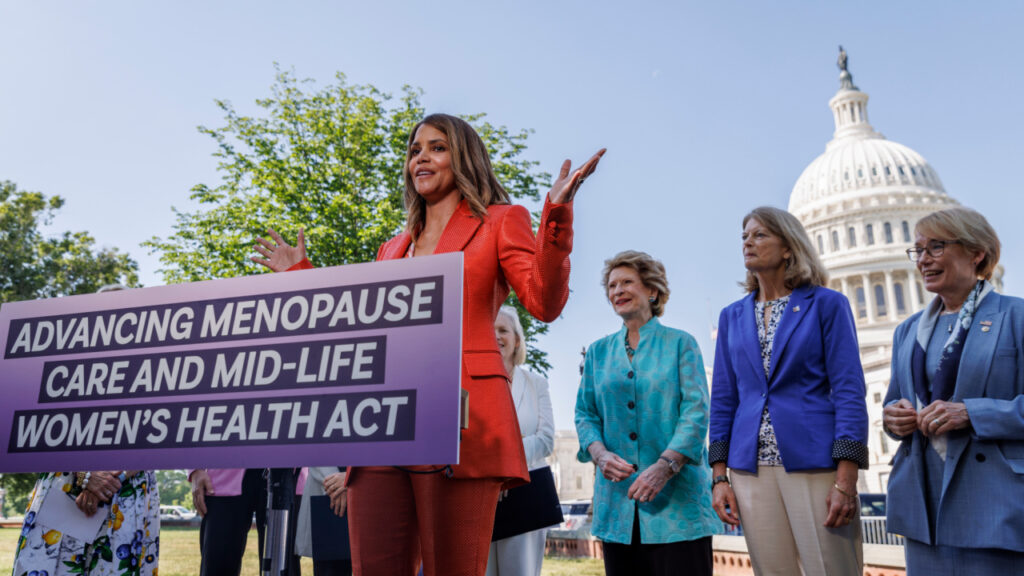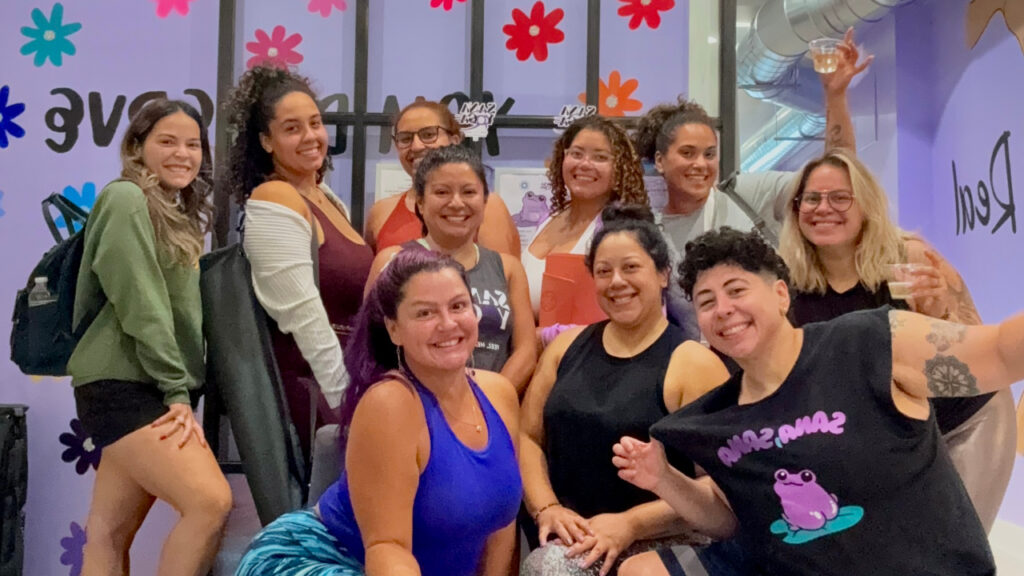CPR Manikins Were Built for Men. That’s Putting Women’s Lives at Risk
If you’ve ever taken a first aid course — or watched that iconic The Office episode — you know CPR manikins are at the center of learning how to save a life. But you may have also noticed something missing: they don’t have breasts.
That might sound trivial. But it’s actually a matter of life and death for women.
A new study by a team of Australian researchers found that the lack of “sex and chest wall secondary sexual characteristics” in CPR manikins directly correlates with women being less likely to receive bystander cardiopulmonary resuscitation (CPR) after a cardiac arrest, and less likely to survive.
Let that sink in.
Women receive CPR less often and survive less
The problem isn’t new. According to a 2019 study, women experience worse outcomes than men after out-of-hospital cardiac arrest. Why? Because bystanders are less likely to perform CPR on them.
Researchers found three reasons:
- the sexualization of women’s bodies,
- the perception that women are fragile and easy to injure, and
- misconceptions about how women show acute medical distress.
The disparities don’t stop there. The same research found that women are also less likely to receive in-hospital interventions. Men, on the other hand, have a higher survival rate.
A medical system still ignoring women
Part of the problem lies in a history of bias in medical research. Women make up more than half the population, yet they’ve been called the “invisible sex” in clinical trials. In fact, women weren’t even routinely included in studies until the 1990s.
So if medicine has historically overlooked women, it’s no surprise CPR training tools reflect that same bias.
CPR training manikins show the problem clearly
To dig deeper, the Australian team analyzed the global market for CPR manikins. They reviewed 72 suppliers and nine manufacturers, identifying 20 adult CPR manikins. Here’s what they found:
- 95% had flat chests, making them appear male.
- Only one manikin had a breast overlay.
- Just five were labeled female, and only one included secondary sex characteristics.
- 90% of manikins were white, lean, and androgynous.
- Only 10% offered multiple skin tone options.
In short, almost every CPR manikin looked like the same white, lean male body.
CPR manikins aren’t diverse, and that has consequences
The study’s authors argue that using male-default manikins risks perpetuating discrimination. If people never practice CPR on bodies that represent women, bigger bodies, or people of color, they may hesitate in real emergencies or do it incorrectly.
The research also highlights that manufacturers themselves often ignore diversity. Of the nine companies studied, four had equity and diversity statements that applied only to their workforce, not their products. Three had no policies at all. Only one, Laerdal, had a sustainability and diversity report on its website. And even that report didn’t address its CPR manikins until 2023.
Training biases can literally change outcomes
Educational studies back this up. Research has shown that the sex of a manikin influences how trainees perform CPR. In one case, female manikins were less likely to be fully undressed during practice, especially when male trainees were involved. That hesitation, even in simulation, reflects real-world biases that affect women’s survival.
Other findings show disparities in how rescuers deliver CPR and defibrillation to women compared to men, even in controlled training environments. The message is clear: design matters.
Are CPR manikins the problem and the solution?
If the problem starts with training, it might also end there. The study points to potential fixes. Some companies have begun developing overlays like the WOMANIKIN® vest, which can be fitted onto existing torsos to simulate breasts. Others, like TraumaSim®, have created “simulation skins” to make manikins more realistic.
Still, these solutions are far from mainstream. And the researchers argue that simply modifying existing manikins isn’t enough. Manufacturers, healthcare institutions, and educators all have a responsibility to make CPR training inclusive, because lives depend on it.
Saving women’s lives means redesigning CPR training
The World Health Organization has called on governments and businesses to address gender-related health disparities. In the United States, the White House recently launched the Women’s Health Research Initiative to push for more equity in medicine. CPR training needs to be part of that conversation.
As the researchers put it, continuing to train on male-default manikins risks violating women’s right to health, to non-discrimination, and, in some cases, to life itself.
Until CPR training includes women’s bodies — and a broader range of bodies overall — women will continue to face lower survival rates after cardiac arrest. The fix is simple: change the manikins, change the outcomes.




